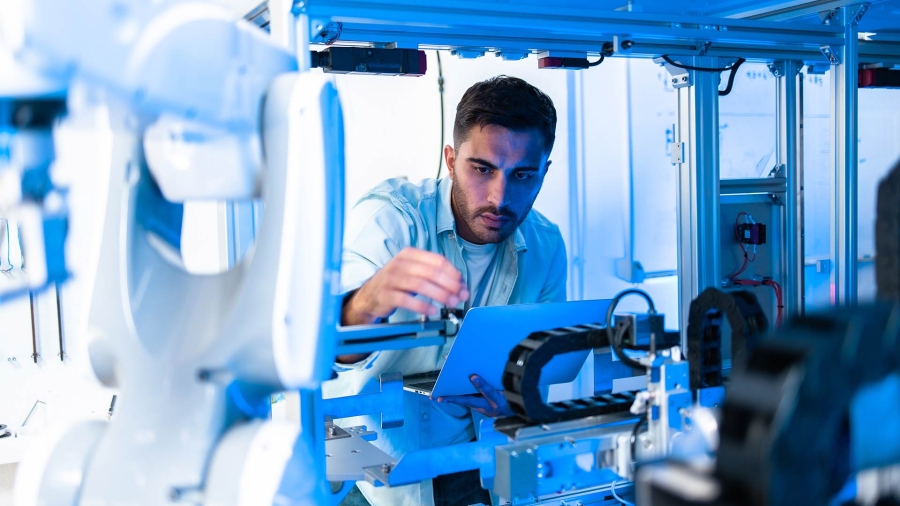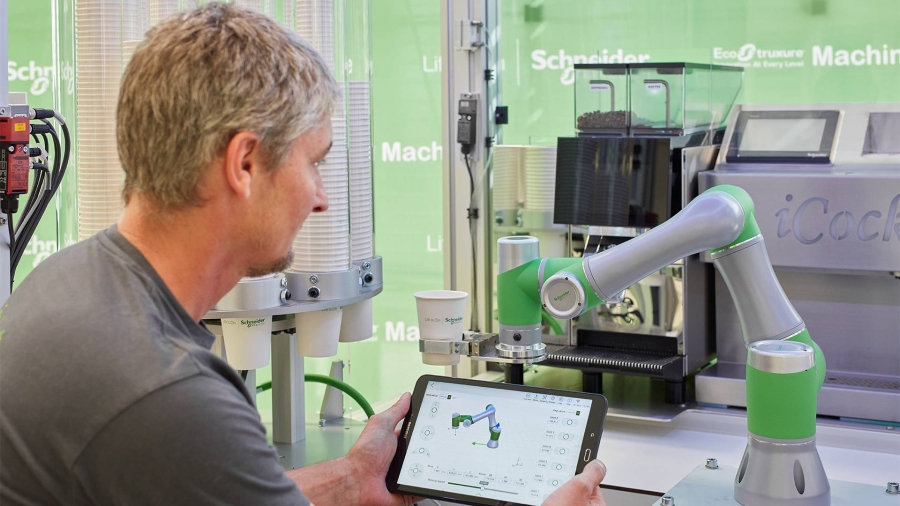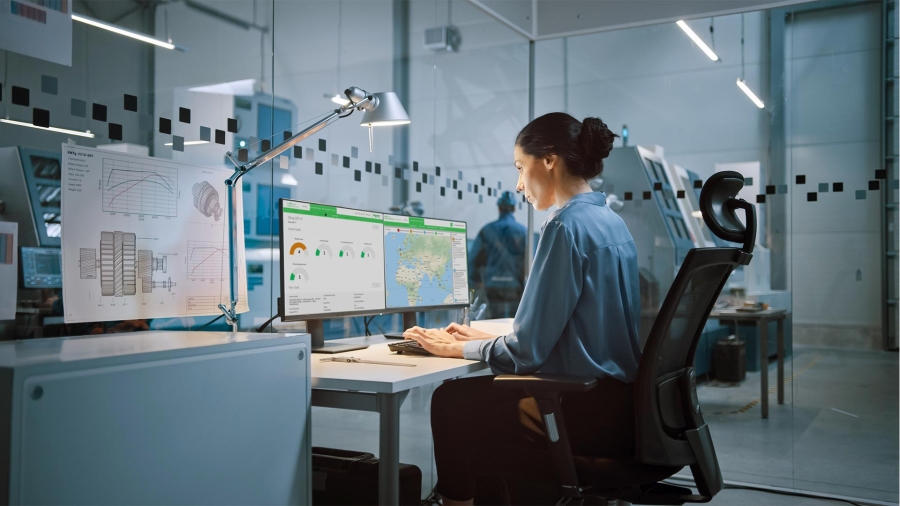Industry 4.0 promises to transform industrial operations by leveraging the massive amount of data generated in an industrial environment with the industrial internet of things (IIoT). But data in its raw form is not intrinsically useful. It is only when data is shown in both historical and structural contexts that it turns into advantageous information. And when processed into actionable insights and placed in the hands of decision makers, it can spark true insight to improve how industries work.
In this era of remote everything, we have seen multiple years’ worth of digital transformation compressed into a few months. McKinsey & Company estimates that the pandemic has expedited the adoption of digital technologies by several decades.
Businesses established in the digital age, often referred to as “born-digital”—like Airbnb, Netflix, and Wecash—have proven that not only does digital create more profitable customer relationships but it also knocks out analog competition. They understand that today’s now economy (“I want it now”) places high value on convenience and customer experience.
Digital transformation, deployed through software applications powered by artificial intelligence (AI), are already driving dramatic gains in customer engagement, productivity, sustainability, and cost savings in asset-intensive industries such as manufacturing, utilities, and logistics.
Organizations that share data, applications, and operations with their industry ecosystem will realize a revenue increase three percentage points higher than nonparticipants. IDC
TIP: Software makes the invisible visible. One of the most critical factors that manufacturers need to consider when it comes to competitive success is how fluidly they react to—and even anticipate—dynamic market conditions. The increasing power of industrial software allows us to quickly align products and business practices to ever-changing customer and ecosystem requirements.
Empowering the digital workforce
Are data analysts and scientists the new Six Sigma Black Belts?
Despite the potential of digital tools to improve productivity and efficiency, there are still some key challenges that manufacturers need to consider when it comes to adopting new technology. One of these is the relationship between machines and humans.


















